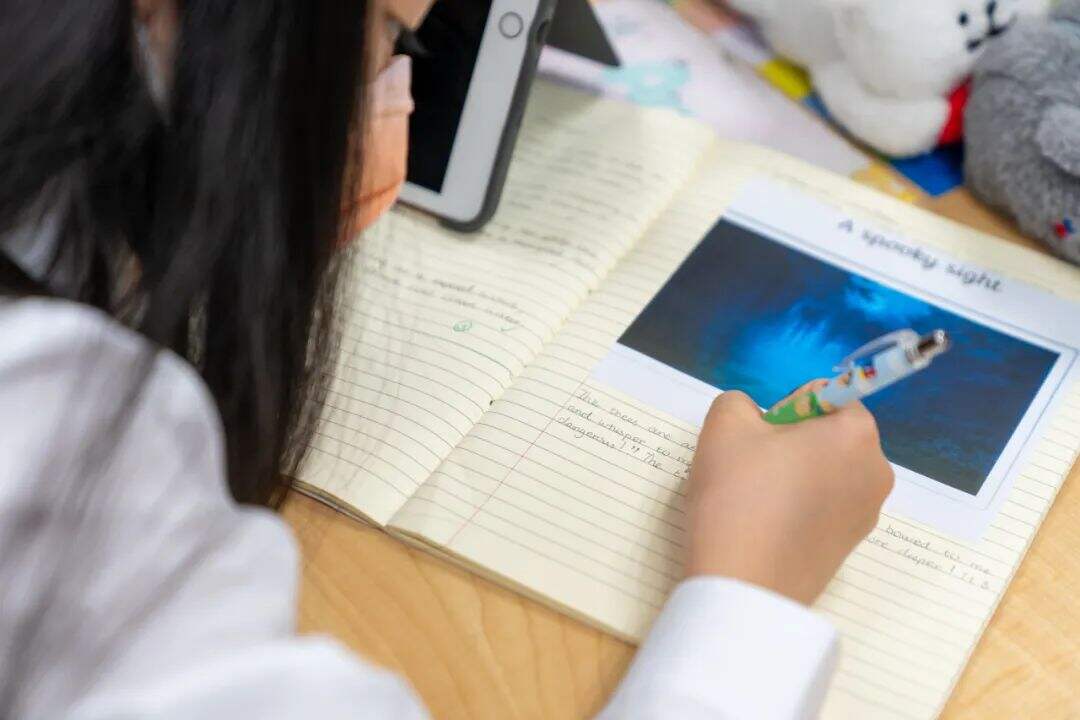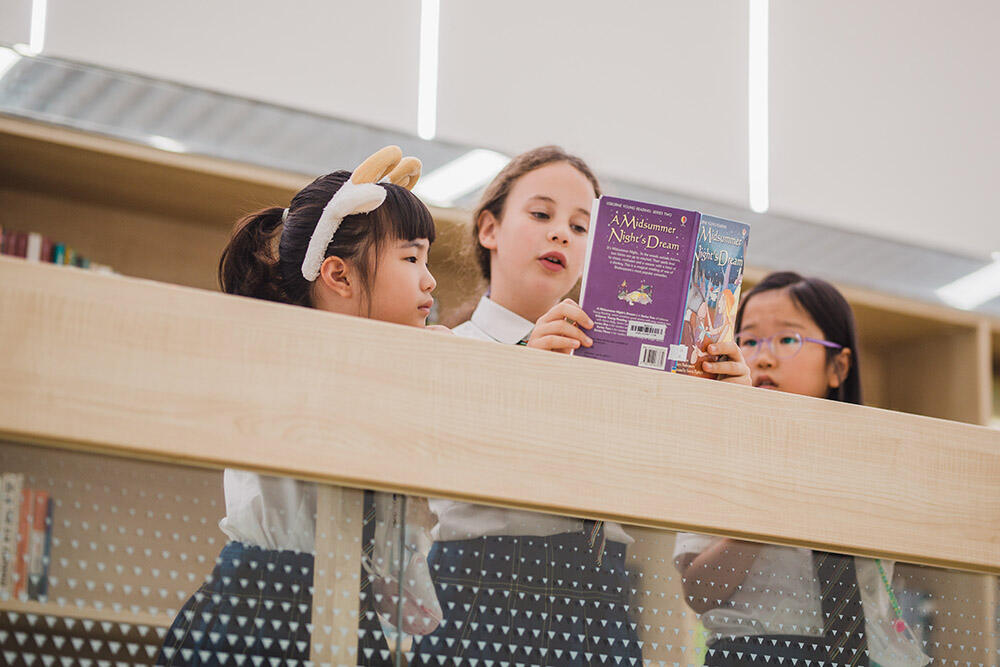Approaches for Improving Pupils' English
Mr Bryan Crowe
Year 6 Teacher / English Lead
From my own experience teaching in various ESL environments over the years, I’ve been lucky enough to learn a few things about what works well for pupils learning English as a second language, especially when their first language is something as different from English as Korean or Chinese. The reflections I am sharing here are a bit of a review of my experiences working with ESL learners in different settings. On my teaching journey I have grown to understand that each classroom is unique, but there are patterns in the challenges pupils face and the strategies that help them succeed.
Speaking and Listening Skills
Given the significant differences in sentence structure and word order of Korean and Chinese, it takes time for pupils to feel comfortable speaking in English. Over the years, I’ve found that different forms of structured conversation exercises work well. Pairing or grouping pupils for short conversations, role plays, or scenario-based discussions gives them a chance to practice in a less formal setting, which helps build their confidence. ☛ Learn more

When it comes to listening, I’ve noticed that many struggle with understanding spoken English, especially when it includes sounds or rhythms they aren’t familiar with in their own languages. Listening comprehension activities, like using YouTube clips, podcasts, or recorded dialogues, have consistently helped my pupils. What I’ve learned is that it’s important to vary the listening materials, so they hear a range of accents and tones, which makes them more adaptable when they encounter English in the real world. Making these activities fun and engaging is crucial to keeping pupils motivated to listen and learn.
Reading Strategies
Chinese characters and Korean Hangul are very different from the English alphabet, which means pupils are not only learning a new language, but they’re also learning a new way of reading and writing. Guided reading sessions, where I’ve worked with pupils in small groups, have often been effective. I have been able to give them the support they need without overwhelming them.

Pre-reading activities are valuable. I’ve found that introducing the topic of the text and reviewing key vocabulary before diving into the actual reading makes a world of difference. I find this approach gives them more confidence, and their understanding improves. I also believe in encouraging pupils to read for meaning, not just to sound out the words as this helps them to develop a deeper understanding of the text, which enables them to hopefully enjoy reading more as a result.
Writing Strategies
I’ve used sentence frames to help pupils get started with writing. By providing part of a sentence and letting them complete it, they can focus on building the correct structure without feeling lost.
Another approach that has been valuable is simply regular journal writing. Allowing them to write freely, without worrying too much about perfect grammar, as this helps them develop writing fluency and better enables them to express themselves in English. Peer review is another approach that I’ve relied on, where children exchange and provide feedback on each other’s work. It gives them an opportunity to learn from one another and see how their classmates approach writing in English.


Vocabulary Development and Phonics
Building a strong vocabulary is essential, and I’ve found that direct instruction—like vocabulary flashcards, word walls, or interactive word games—helps pupils remember and use new words effectively. Because Chinese and Korean often don’t have direct translations for many English words, pupils benefit from visual aids that help connect English words to real-world objects or concepts.

Phonics is also plays a part, especially for helping pupils distinguish sounds that don’t exist in their native languages. For example, in my new and recent experience, many Chinese learners I have found struggle with the V vs. W sounds, while Korean pupils might mix up “r” and “l”. Incorporating regular phonics practice helps pupils develop an ear for English sounds and improves their pronunciation over time. It may take a lot of repetition, but this kind of targeted practice is important with helping pupils feel more confident in speaking English.
Reflecting on my teaching in ESL environments, it’s clear to me that helping pupils learn English requires a careful balance of strategies that address their specific needs. I hope these approaches mentioned above have not only helped them improve their language skills but also prepared them to use English in their everyday lives.
Related Articles









 Channel
Channel 
 Linkedin
Linkedin  Facebook
Facebook  Ins
Ins 









